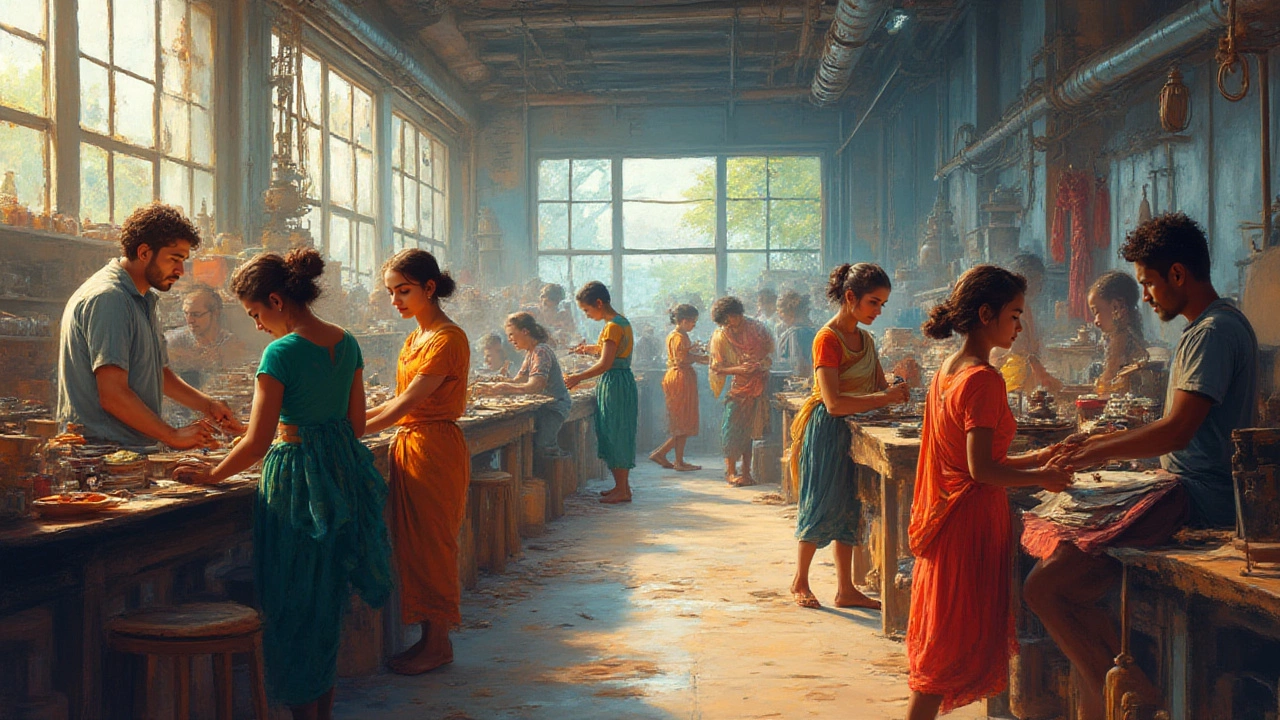How Manufacturing, Especially Elevators, Drives Job Creation in India
When a factory opens its doors, new jobs appear almost instantly. That’s why manufacturing is a powerhouse for employment. In India, the elevator and lift market is growing fast, and each new lift system brings dozens of workers – from engineers designing the machines to technicians installing them.
SkyWings Elevation Solutions is a perfect example. By building high‑quality elevators locally, the company adds skilled and unskilled positions across the supply chain. The ripple effect means more work for metal fabricators, electricians, and logistics crews.
Why Manufacturing Creates Jobs Faster Than Other Sectors
Manufacturing needs hands‑on people at every stage. First, raw material suppliers hire workers to cut, melt, and shape steel. Next, designers and engineers turn blueprints into real parts. Then, assembly lines bring those parts together, and finally, field teams install and service the finished product. Each step adds a new layer of jobs.
Unlike services that can be delivered by a single person on a laptop, a factory can’t run without a crew on the floor. That makes it a reliable source of steady, long‑term work, especially in regions where job options are limited.
Simple Ways Companies Can Boost Job Creation
1. **Invest in local training** – Partner with technical schools to teach welders, electricians, and CNC operators. Skilled workers stay in the area and raise the overall talent pool.
2. **Source parts locally** – Buying steel, circuits, and bearings from nearby suppliers keeps money circulating and encourages those suppliers to hire more staff.
3. **Expand product lines** – Adding new lift models or modernizing existing ones requires extra engineers, salespeople, and service technicians.
4. **Adopt automation wisely** – Use robots for repetitive tasks but keep humans for quality checks and maintenance. This balance preserves jobs while improving efficiency.
5. **Support small businesses** – Contract local electricians, riggers, and transport firms for installation projects. Each contract means a new paycheck for a small team.
SkyWings follows many of these steps. They run an apprenticeship program for aspiring lift technicians, buy most components from Indian metal workshops, and regularly launch new elevator designs that need fresh engineering talent.
The result? Over 300 new jobs in the past two years, ranging from entry‑level line workers to senior project managers. Those positions also create secondary jobs – families need food, transportation, and childcare, further stimulating the local economy.
For policymakers, the message is clear: supporting manufacturing hubs like SkyWings can lift entire communities. Incentives for training, tax breaks for local sourcing, and streamlined permits for new factories all help turn a single plant into a job engine.
If you’re a business owner looking to grow, start by mapping every step of your production process. Identify where you can hire locally, where training can fill skill gaps, and how new product ideas could add teams. Small changes add up, and before you know it, you’ve created dozens of new jobs.
In short, manufacturing isn’t just about making products; it’s about building livelihoods. Elevators may move people between floors, but the factories that build them move whole families forward.
